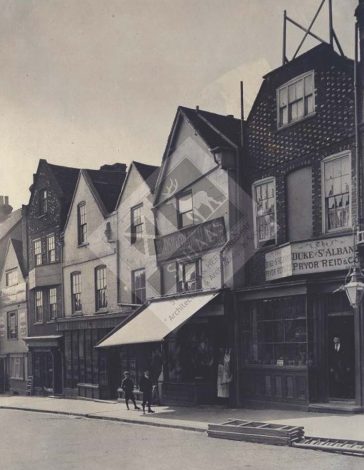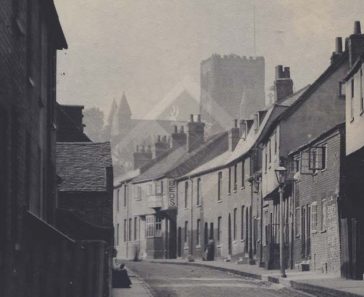Lodgings for the price of a loaf




If you were an itinerant worker travelling up and down the London road in search of employment from the late 1800s to the 1900s and had a few pennies in your pocket you could find a bed for the night in a common lodging house.
For only 4d a night in the 1890s, equivalent to the price of a loaf of bread, you could share a bed at the Potters Arms in Chequer Street; 6d got you your own bed.
From the early 1850s, St Albans Council had statutory powers to manage standards in common lodging houses. Conditions remained poor though. In 1921, at the Goat in Sopwell Lane, 54 men, women and children were crammed into small, often airless dark rooms sharing one kitchen and one bathroom. The Council had certified the house to hold no more than 41 people (1).
When it closed its doors to such guests in the 1960s, the Black Lion in Fishpool Street was said to be the last common lodging house in England.
1835 Following the 1834 Act, the St Albans Poor Law Union was formed and the workhouse and infirmary on Union Lane, now Normandy Road, was built in 1836. It replaced all the individual parish workhouses. | 1871 Pauper Inmates Discharge and Regulation Act introduced, which related to the amount of notice inmates had to give before being allowed to leave the workhouse. | 1882 Casual Poor Act required casuals, usually itinerant travellers or tramps, to be required to be detained until 9.00am on the second day of their stay and to work to earn their keep. |
(1) Extract from the St Albans City Council minutes, being a report made by the Public Health Officer, Mr G Marshall, to the Council, 1921 quoted in K. Goad, The Goat Public House, (SAHAAS, 1984).




